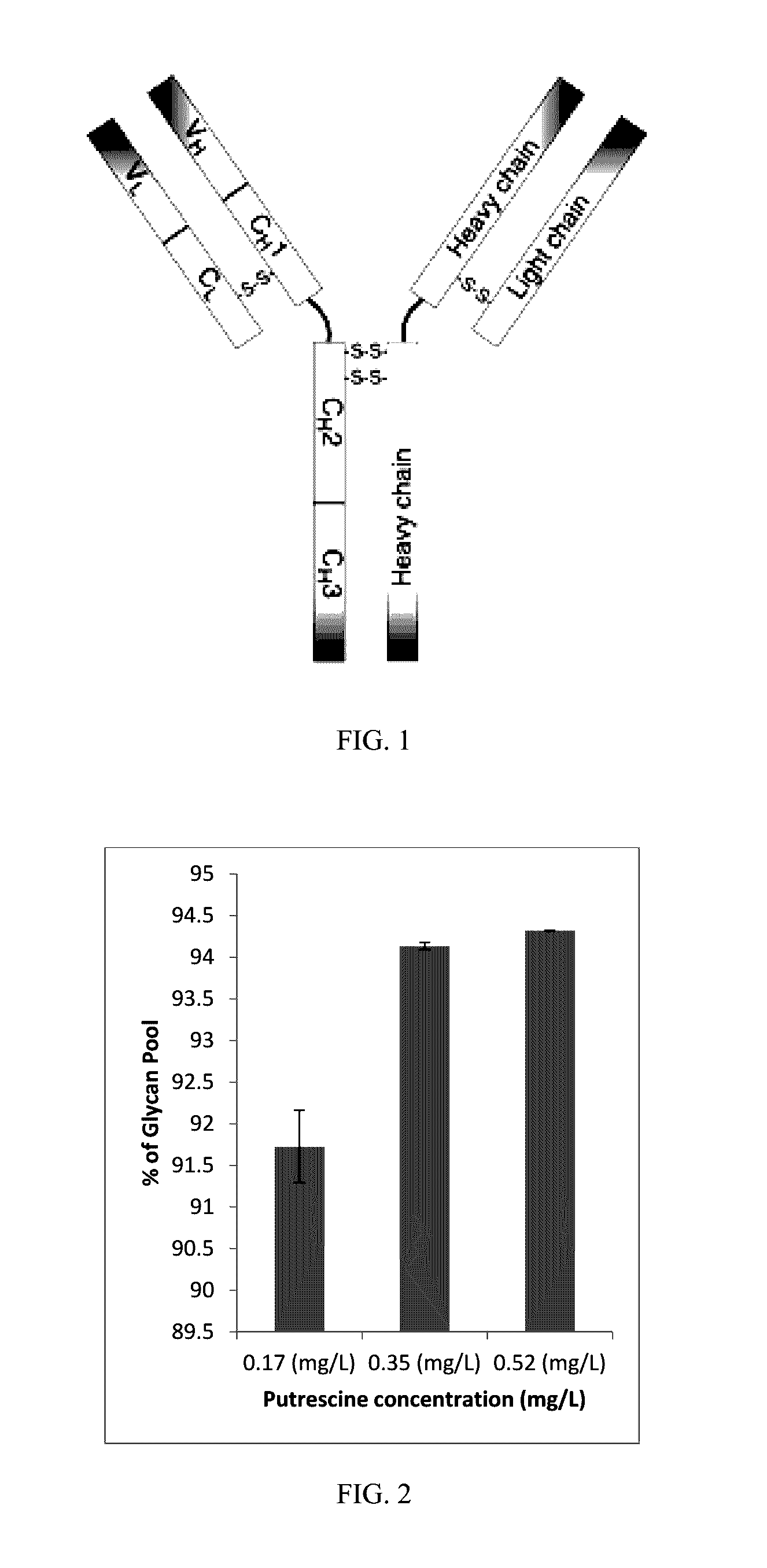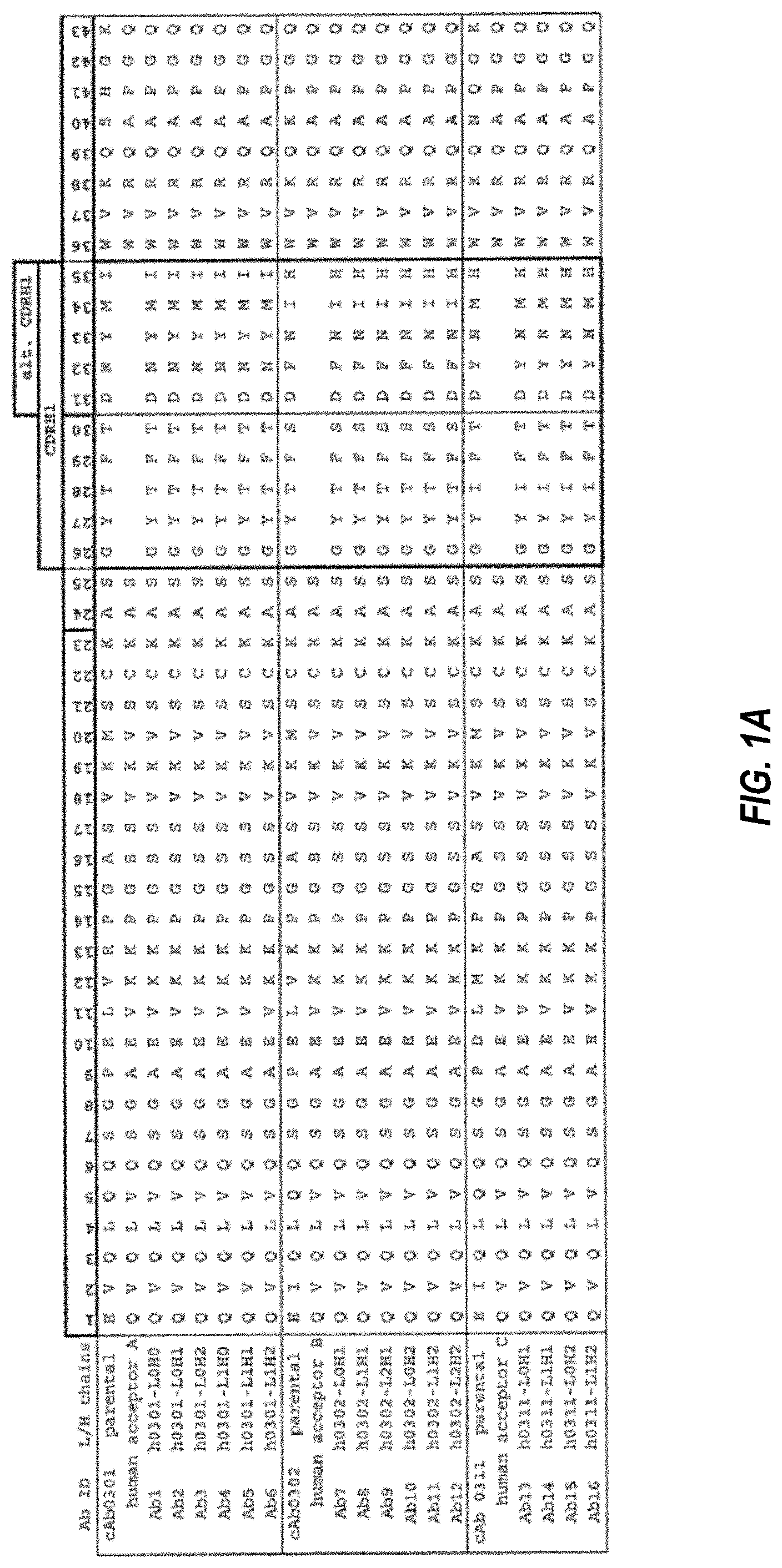Invented by Holly Prentice, Janssen Biotech Inc
The global market for cell culture methods is expected to reach $11.2 billion by 2025, growing at a CAGR of 10.7% from 2020 to 2025. The market is driven by several factors, including the increasing prevalence of chronic diseases, the rising demand for biologics and biosimilars, and the growing adoption of 3D cell culture techniques.
One of the key trends in the market is the shift towards serum-free and animal-free cell culture methods. Traditional cell culture methods rely on the use of animal-derived sera, which can introduce variability and contamination risks. Serum-free and animal-free cell culture methods offer several advantages, including improved reproducibility, reduced risk of contamination, and better control over cell growth and differentiation. As a result, many biopharmaceutical companies and research institutions are investing in these methods, driving the growth of the market.
Another trend in the market is the adoption of 3D cell culture techniques. 3D cell culture methods involve the growth of cells in three-dimensional structures, such as spheroids or organoids, which better mimic the in vivo environment. These methods offer several advantages over traditional 2D cell culture, including improved cell viability, better differentiation, and more accurate drug screening. The growing demand for 3D cell culture methods is driving the development of new technologies and products in the market.
The market for methods for cell culture is highly competitive, with several key players dominating the market. Some of the leading companies in the market include Thermo Fisher Scientific, Merck KGaA, Lonza Group, and GE Healthcare. These companies offer a wide range of products and services, including cell culture media, reagents, and equipment, as well as contract manufacturing and cell-based assay services.
In conclusion, the market for methods for cell culture is expected to continue to grow in the coming years, driven by the increasing demand for biologics and biosimilars, the adoption of serum-free and animal-free cell culture methods, and the growing use of 3D cell culture techniques. As the market becomes more competitive, companies will need to continue to innovate and develop new products and services to meet the evolving needs of the industry.
The Janssen Biotech Inc invention works as follows
The article describes the production of polypeptides with a target level of glycans and methods for producing them using putrescine.
Background for Methods for cell culture
The majority of therapeutic biologics are therapeutic polypeptides, including murine, chimeric and humanized antibodies, as well as fragments of these antibodies.
The invention includes a method for producing a recombinant preparation that has a target level of one of more mature glycocans. This method comprises: (a), providing a genetically modified cell to express the recombinant proteins; (b), culturing a cell in a medium containing (e.g. supplemented with), putrescine, under conditions where the cell produces the recombinant proteins; (c), harvesting (e.g. purifying or In some embodiments the culture medium contains putrescine at a level and for a period of time that is effective to change (e.g. increase or decrease one or more mature glycosyls) in the recombinant proteins.
In some embodiments, culture medium contains about 0.1 mg/L to about 10 mg/L. It also includes approximately 0.1 mg/L to about 1 mg/L. In some embodiments the culture medium contains about 0.1 to 10 mg/L. About 0.1 to 1 mg/L. About 1 to 2 mg/L.
In some embodiments the target value may be a level for one or more mature glycocans within a therapeutic reference product. In some embodiments the target value is one or more mature glycocans within a therapeutic antibody reference product. In some embodiments the target value can be a predetermined pharmaceutical specification or quality control criteria for a pharmaceutical preparation. In some embodiments the product specification can be a description of a product in an FDA label or a Physician’s insert, a USP Monograph, or EP Monograph.
The reference therapeutic product may be selected from the following: abatacept; abciximab; adalimumab; aflibercept; alefacept; alemtuzumab.
In some embodiments the target value can be one or more of (a) higher than 30% mature glycans (e.g. more than 40%, 50% 60%, 70% 80%, 90% or more mature glycans) or (b) lower than 90% high-mannose glycans or hybrid glycans or a combination of hybrid and high-mannose glycans (e.g. less than 80%, 70% 60%, 50% 40%, 30%, 20 %, 10% or less high mannose In some embodiments the mature glycan can be one or both of galactosylated and sialylated. In some embodiments the target value can be one or more of (a) approximately 1% to 95% of galactosylated Glycans (e.g. at least about 2 %, 3 %, 4 %), (b) approximately 0.1% to 90% of sialylated Glycans (e.g. at least 0.2%, 0.5%, 1 %, 2, 3%, 4, 5%, 10, 20%, 30, 40%, 50, 60% 70%, 80, 90% or 90 High mannose glycans include, for example, HM3, HM4, HM5, HM6, HM7 HM8, HM9 or combinations thereof.
In some embodiments, a target value for one or more mature glycocans is greater than a corresponding amount in a cell culture medium that does not contain putrescine. In some embodiments the target value exceeds the corresponding levels by at least 10%, 20% or 30% of the respective level.
In some embodiments, evaluating one or more mature glycocans within the recombinant preparation is also part of the method. In some embodiments the method also comprises recording the level on a printed or computer-readable media, such as a test report or Material Safety Data Sheet, batch record, Certificate of Testing or Certificate of Analysis.
The invention also features a method for increasing the level of mature glycans within a recombinant preparation. This method comprises: (a), providing a genetically modified cell that expresses a recombinant, (b), culturing it in a medium containing putrescine in conditions where the cell expresses a recombinant, (c), harvesting the recombinant produced by the cells, and (d), measuring the level of mature glycans In some embodiments the culture medium contains putrescine, e.g. the elevated level, for a period of time and at a quantity that is effective in increasing one or more mature glycocans of recombinant proteins. In some embodiments the method also includes processing (e.g. one or more of formulating the preparation, filling it into a container or labeling and packaging), if one or two mature glycans are met.
In some embodiments, culture medium contains about 0.1 mg/L to about 10 mg/L. It also includes approximately 0.1 mg/L to approximately 1 mg/L. In some embodiments the culture medium contains about 0.1 to 10 mg/L. About 0.1 to 1 mg/L. About 1 to 2 mg/L.
In some embodiments the method also includes measuring the level of one or several mature glycans within the recombinant preparation. In some embodiments the method also includes recording the level on a printed or computer-readable media, such as a test report or Material Safety Data Sheet, batch record, Certificate of Testing or Certificate of Analysis.
In some embodiments the target value can be one or more of (a) higher than 30% mature glycans (e.g. more than 40%, 50% 60%, 70% 80%, 90% or more mature glycans) or (b) lower than 90% high-mannose glycans or hybrid glycans or a combination of hybrid and high-mannose glycans (e.g. less than 80%, 70% 60%, 50% 40%, 30%, 20 %, 10% or less high mannose In some embodiments the mature glycan can be one or both of galactosylated and sialylated. In some embodiments the target value can be one or more of (a) approximately 1% to 95% of galactosylated Glycans (e.g. at least about 2 %, 3 %, 4 %), (b) approximately 0.1% to 90% of sialylated Glycans (e.g. at least 0.2%, 0.5%, 1 %, 2, 3%, 4, 5%, 10, 20%, 30, 40%, 50, 60% 70%, 80, 90% or 90 High mannose glycans include, for example, HM3, HM4, HM5, HM6, HM7 HM8, HM9 or combinations thereof.
In some embodiments, putrescine is added to the culture medium for a period of time and in an amount that will modify (e.g. increase or decrease) one or more recombinant proteins’ fucosylated, galactosylated, high-mannose, or sialylated glycocans. In some embodiments the culture medium contains putrescine at a level and for a period of time that is effective to increase or decrease one or more of fucosylated glycocans.
In some embodiments, culture medium contains about 0.1 mg/L to about 10 mg/L. It also includes approximately 0.1 mg/L to about 1 mg/L. In some embodiments the culture medium contains about 0.1 to 10 mg/L. About 0.1 to 1 mg/L. About 1 to 2 mg/L.
In some embodiments the target value can be a level of fucosylated, galactosylated, high mannose, or sialylated glycocans within a therapeutic reference product. In some embodiments the target value is one or more of a fucosylated glycocans (Galactosylated Glycans), high mannose glycocans (CofT), and sialylated glycocans (Reference Therapeutic Antibody Product). In some embodiments the target value can be a predetermined pharmaceutical specification or quality control criteria for a pharmaceutical preparation. For example, it could be a Certificate of Analysis, Certificate of Testing, or Master Batch Record. In some embodiments the product specification can be a description of a product in an FDA label or Physician’s insert, as well as a USP or EP monograph.
The reference therapeutic product may be selected from the following: abatacept; abciximab; adalimumab; aflibercept; alefacept; alemtuzumab.
In some embodiments the target value can be one or more of (a) approximately 70% to 100% fucosylated glycocans (e.g. at about 70%, 75% 80% 85% 90% or 100% fucosylated glycocans); (b) approximately 1% to 95% high mannose-glycans (e.g. at about 2% to 4%; 0.5% to 0.6%; 0.7% to 0.8%; 0.9% to 1%; 2% to 3% High mannose glycans include, for example, HM3, HM4, HM5, HM6, HM7 HM8, HM9 or combinations thereof.
In some embodiments the target value is higher than the corresponding level of one or more fucosylated, galactosylated, and sialylated glycocans in a cell culture medium that does not contain putrescine. In some embodiments the target value exceeds the corresponding levels by at least 10%, 20% or 30% of the respective level.
In some embodiments, a target value for the high mannose glycocans is lower in comparison to a corresponding amount in a cell culture medium that does not contain putrescine. In some embodiments the target value of the high mannose glycans is lower than a corresponding level in a preparation produced by culturing the cell in the medium without putrescine.
In some embodiments the method also comprises evaluating a level of one of or more of high mannose glycocans (high-mannose glycans), sialylated glycocans and fucosylated glycocans within the recombinant preparation. In some embodiments the method also comprises recording the level on a printed or computer-readable media, such as a test report or Material Safety Data Sheet, batch record, Certificate of Testing or Certificate of Analysis.
In another aspect of the invention, a method for producing a recombinant-protein preparation is described. The method includes: (a), providing a target amount of one or all of fucosylated glycocans (e.g. supplemented with putrescine); (b), providing a genetically modified cell that expresses a recombinant-protein; (c), culturing a cell in a medium containing (e.g. supplemented by) putrescine (e (e (e (e (e (e (e (e (e (e (e (e (e (e ( In some embodiments the culture medium contains putrescine at a level and for a period of time that is effective to change (e.g. increase or decrease) the number of fucosylated glycocans.
Click here to view the patent on Google Patents.






